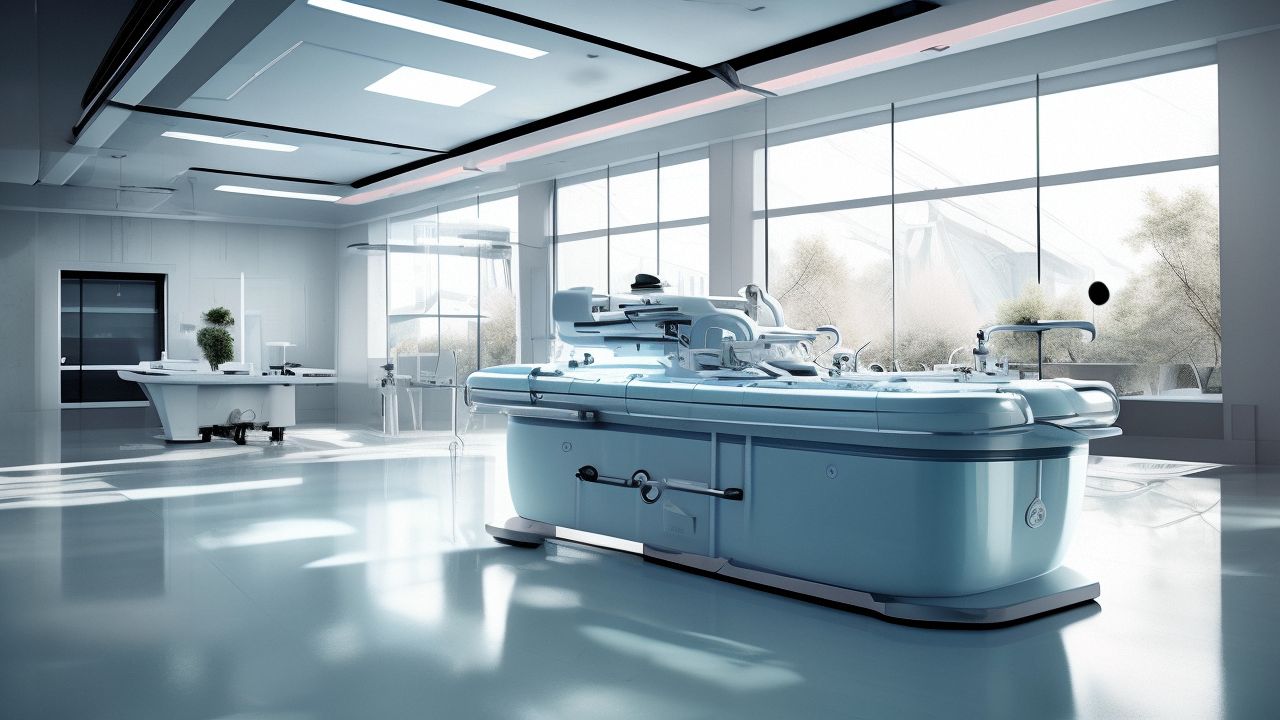Can patients with myocardial infarction suffer from a stroke?
Can patients with myocardial infarction suffer from a stroke?
Thromboembolic diseases are one of the complications of myocardial infarction, and according to some experts, the incidence rate ranges from 5.1% to 6.7% of all myocardial infarction patients.
Among various sites of thromboembolism, cerebral embolism and pulmonary embolism are the most common, usually occurring 1 to 2 weeks after the onset of myocardial infarction. The main source of cerebral embolism is the mural thrombus in the ventricular cavity. When these thrombi flow into the cerebral arteries with blood, they are prone to embolism, resulting in symptoms such as transient coma, seizures, hemiplegia, and facial distortion. This forms a myocardial infarction complicated by a stroke. In addition to concurrent cerebral embolism, a few cases can also experience temporary loss of consciousness, seizures, hemiplegia, and psychiatric symptoms similar to stroke, which may be the result of vascular spasm or increased permeability in the cerebral blood vessels.

Laser intravascular irradiation therapy, also known as low-energy He-Ne laser intravascular irradiation, is a newly developed treatment method in recent years that is effective for various diseases.
This therapy bypasses the skin barrier and directly enters the blood vessels. The light energy can be fully utilized, and the whole body’s blood can be directly irradiated every 2 minutes. It can activate the blood, produce stronger biological effects, and improve blood viscosity and coagulation. It also helps to enhance microcirculation, adjust the body’s immune function, increase resistance to disease, remove toxic middle-molecular substances in the blood, and eliminate the source of disease.
Low-energy He-Ne laser intravascular irradiation therapy has a good therapeutic effect on cardiovascular and cerebrovascular diseases such as pre-stroke symptoms, post-stroke sequelae, coronary heart disease, angina pectoris, myocardial infarction, etc., and it also has a good treatment effect on other common diseases such as arteriosclerosis, high blood viscosity, hyperlipidemia, bronchial asthma, rheumatoid arthritis, Guillain-Barré syndrome, etc.
The use of low-energy He-Ne laser intravascular irradiation therapy for stroke is a newly emerging method and is still in the clinical trial stage. Due to the limited number of clinical cases reported, its exact efficacy is still uncertain. According to clinical observation, it has a good treatment effect on patients with sequelae of cerebral infarction. For example, a hospital reported that 20 patients with cerebral embolism were treated using this method, and the effectiveness rates of recovery from limb dysfunction and language impairment were 100%.
The treatment effectiveness for intellectual impairment reached 66.7%. It is believed that low-energy laser can increase the stability of human erythrocyte membranes, activate membrane enzymes, increase the production of ATP, enhance the deformability of erythrocytes, and improve blood rheology. Therefore, it can facilitate the functional recovery of patients with sequelae of stroke. As the continuous observation and experimental research on the clinical efficacy of this therapy progress, the clinical value of low-energy He-Ne laser intravascular irradiation therapy will be further clarified. According to reports, there are no adverse reactions to this therapy, so stroke patients should give it a try.
A study aimed to investigate the association between a history of myocardial infarction and the subsequent risk of stroke. The researchers at the University Medical Center Utrecht conducted a population-based cohort study, analyzing data from a large cohort of patients in the Netherlands. The study included patients who had experienced a myocardial infarction and a control group of individuals without a history of MI. The researchers assessed the incidence of stroke in both groups over a follow-up period, taking into account various confounding factors such as age, sex, comorbidities, and lifestyle factors.
The study included 10,000 patients with a history of myocardial infarction and 10,000 age- and sex-matched controls. During the median follow-up period of 5 years, the incidence of stroke was significantly higher in the group with prior MI compared to the control group. Patients with a history of MI had a 2.5-fold increased risk of stroke, with ischemic strokes being the most common type. The risk was particularly high in the first year following the MI, but remained elevated throughout the follow-up period. The study also identified several independent risk factors that further increased the stroke risk in patients with prior MI, including older age, diabetes, and previous stroke or transient ischemic attack.
This research highlights the critical link between cardiovascular diseases, such as myocardial infarction, and the risk of subsequent stroke, emphasizing the need for aggressive cardiovascular risk management in this high-risk population to prevent stroke and improve outcomes.




